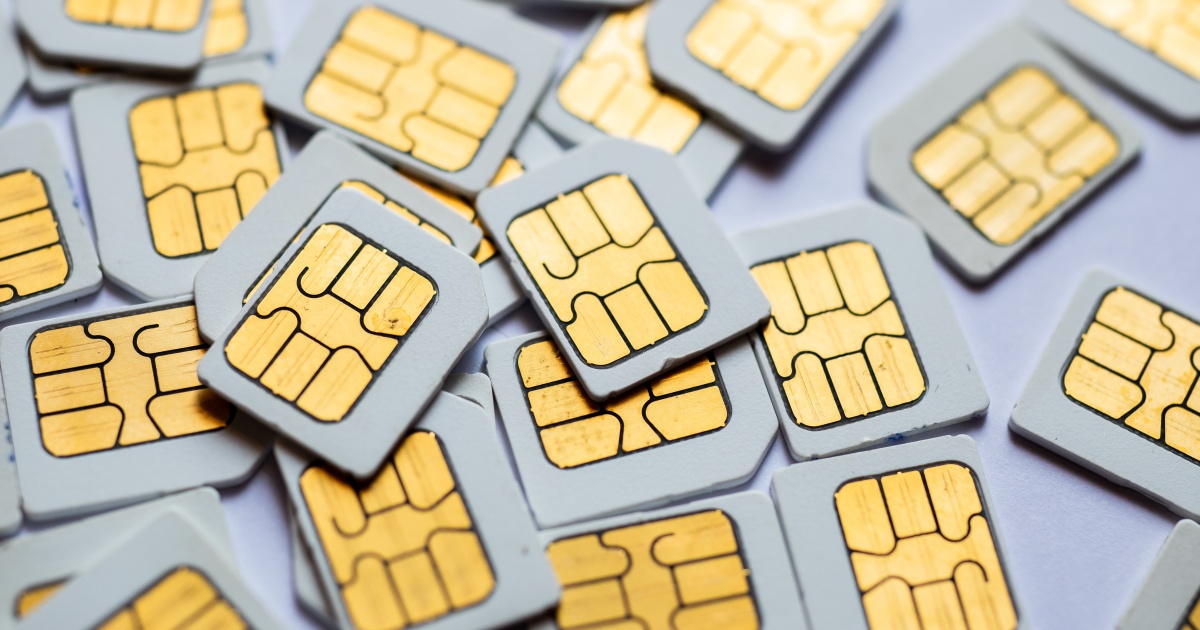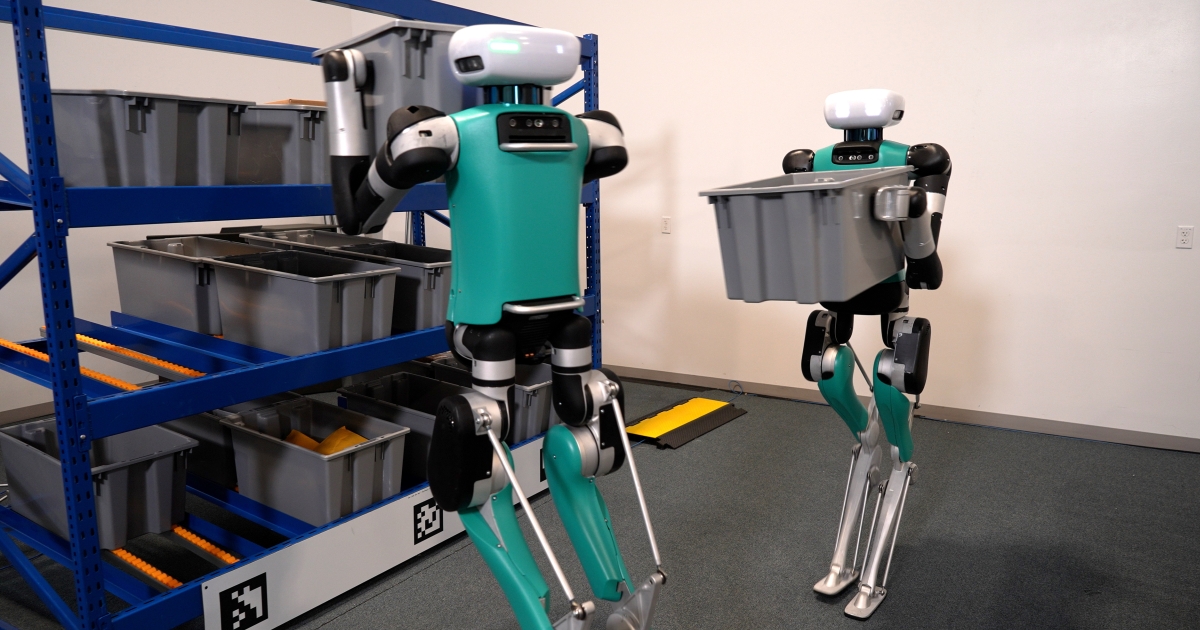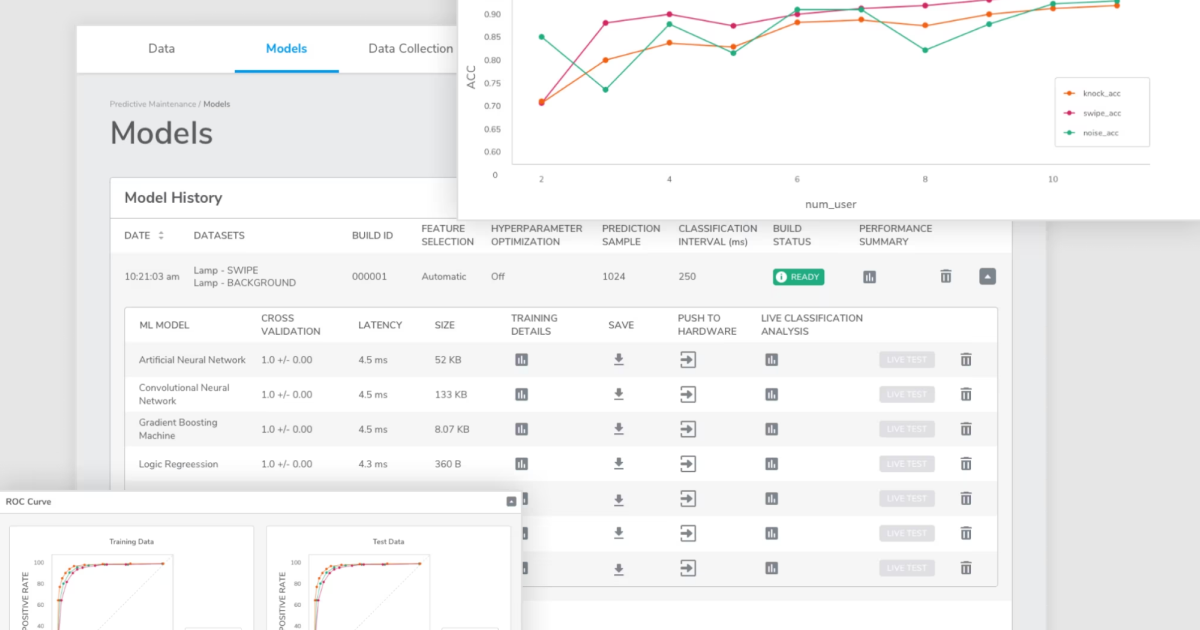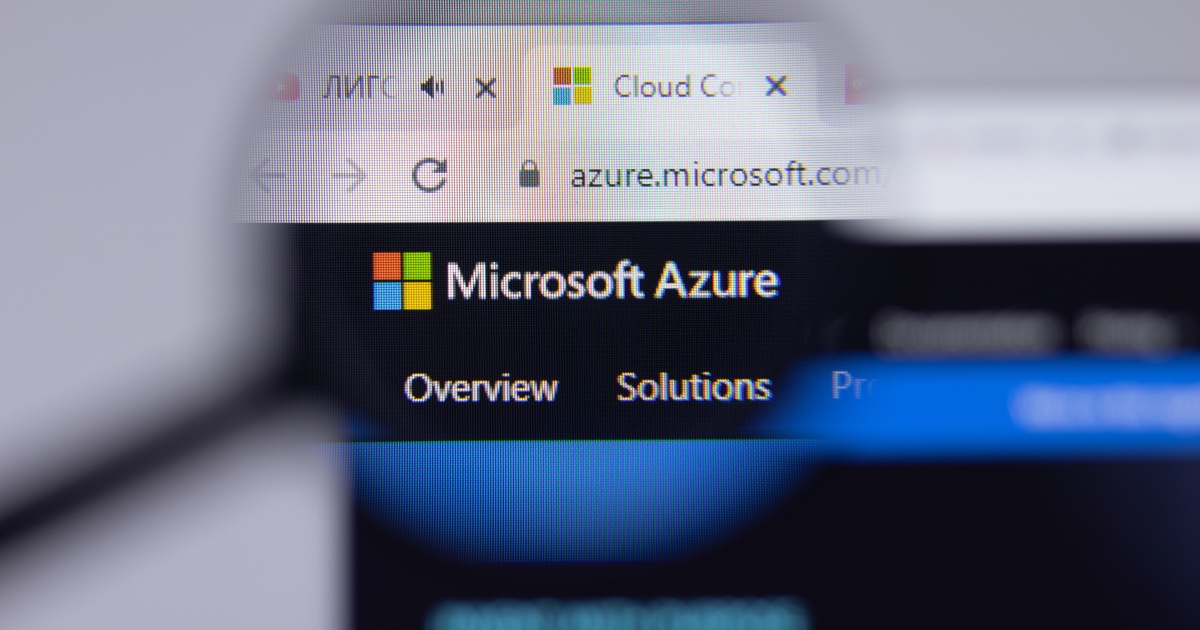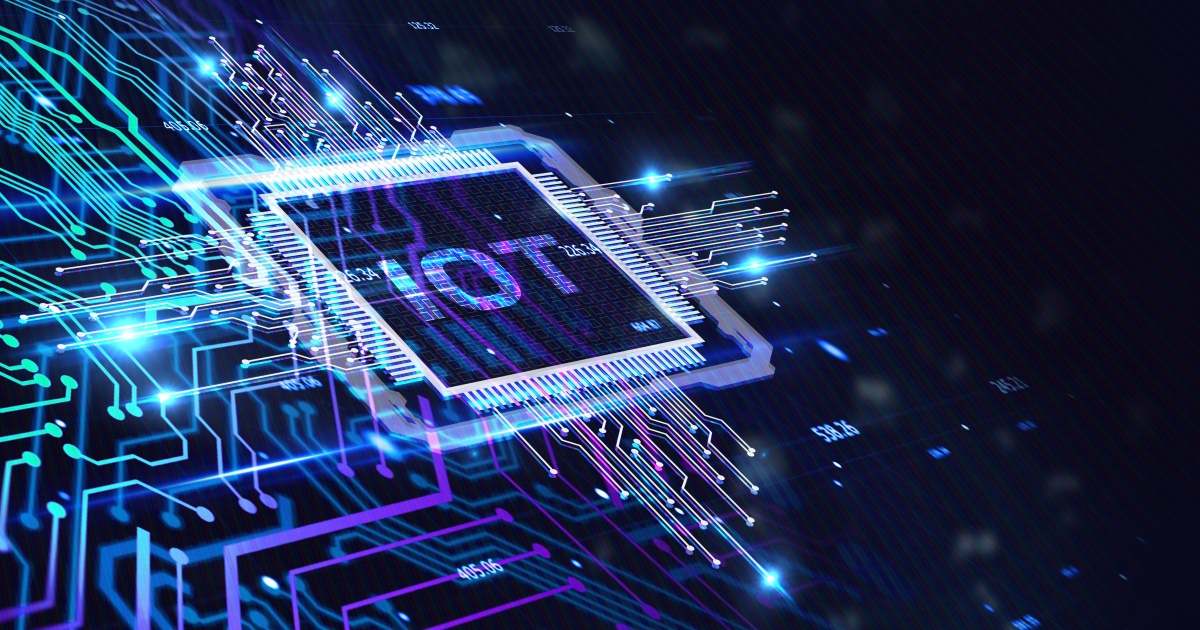
Water is a precious resource that you and your family need every day.
Today’s sensor technologies make it easier than ever to quickly, and effectively, deploy monitoring systems for measuring and managing critical resources like water.
These days it seems we’re often getting either too much water (causing dangerously high water levels, floods, storm surge, and rising tides) or too little water, which causes natural environmental disasters like drought.
Can Industrial IoT sensors and water monitoring systems help you, your teams, and your organization to save water, lives, your money, and your time?
You can probably guess the answer, but we won’t give it away just yet. In this write-up you’ll learn about how government agencies and Smart Cities have installed flood warning systems. These water level monitoring systems use Industrial IoT sensor devices that increase safety for communities. Let’s talk about how IoT sensor monitoring technologies work, challenges, and lessons learned from deploying Industrial IoT units in the field.
First off, you’ll pick your most appropriate technologies for your water level monitoring sensors, whether that’s ultrasonic, guide wave radar, pressure transducers, or a combination.
One key challenge is how to provide power to your water monitoring systems. Industrial IoT sensors are energy-efficient, but you’ll still need some electric juice to keep them running, measuring water, taking geospatial readings like GPS locations, and uploading sensor readings to the cloud.
Renewable energies are a popular option for organizations that need monitoring systems to run off the grid and stay alive in a variety of conditions. Solar panel power is your most common choice you’ll need to be familiar with. Working with solar charge controllers often provides 12V power for your devices. However, many Industrial IoT devices and sensors run at 5V. Hence you’ll need to use voltage regulators and efficient step-down volt controllers to convert 12V to 5V.
When standards mains power is available, this saves you and your customers time and money since you don’t need to buy solar panels, mounting kits, solar charge controllers, and so on. Around the world you’re likely familiar with 110V and 220V standard mains electricity. Similarly to solar powered IoT devices, you’ll need to drop your voltage down to 5V, which is a bigger step down in this case, so we’re careful to always choose reliable, safe voltage regulators.
How do your remote monitoring systems send your sensor measurements to the clouds? You and your clients will likely want to find the best internet connectivity option given your deployment time, proximity to urban zones, coverage areas, power and budget constraints.
In our experiences, our customers most commonly use mobile GSM cell phone networks like 3G and 4G around our planet. These make IoT sensor networks easy and rapid to deploy since GSM coverage becomes more ubiquitous on all of the continents with each passing day.
When standard Internet connectivity options like Wi-Fi or Ethernet are available then it makes sense to use them since they are more cost-effective. Note that Long Range Wi-Fi antennas are sometimes overlooked or folks are not aware of their efficiency and effectiveness.
Depending on your deployment environments, give Long Range Wi-Fi a shot or thought, it makes it simple and inexpensive to expand Wi-Fi coverage for many miles / kilometers, more than you might think. We see some customers using and asking about LPWAN, Ingenu, Sigfox, LoRa, or the latest hype buzzwords, but today, in the real world, clients need tried and true methods that have been demonstrably shown to work quite well in just about any environment, country, or continent around the world.
We’re seeing Industrial IoT customers around the world Ethernet sensor hubs for a few reasons that you might have already guessed. One reason is reliability and speed. Ethernet-based systems are flexible, because in the end, they can be attached to all kinds of routers and modems, like CDMA and other networks. Monitoring systems with Ethernet-based IoT sensor devices can also be powered by Power over Ethernet (PoE), which can simplify your systems by eliminating the need for voltage converters mentioned previously.
That’s your overview on the current state Industrial IoT level sensors, water monitoring systems, and flood warnings. We’ve covered some of the challenges faced by the industry, Smart Cities, and government agencies, along with recommendations for flexible solutions, which based on our experiences, will save your time and your money.
There’s plenty more to chat about and this is simply a way to get our conversation started. I’m more than happy to share more about our experiences with the Industrial Internet of Things, I IoT, water, remote monitoring systems, M2M, Industry 4.0, Telemetry, or anything else. Please don’t hesitate to get in touch with me ( [email protected] ) if you’ve got any questions.
About the author: Dr. Edward Pultar, PhD is an engineer at Tools.Valarm.net who loves monitoring water, air, and Industrial IoT sensor applications.
Edited by
Ken Briodagh

